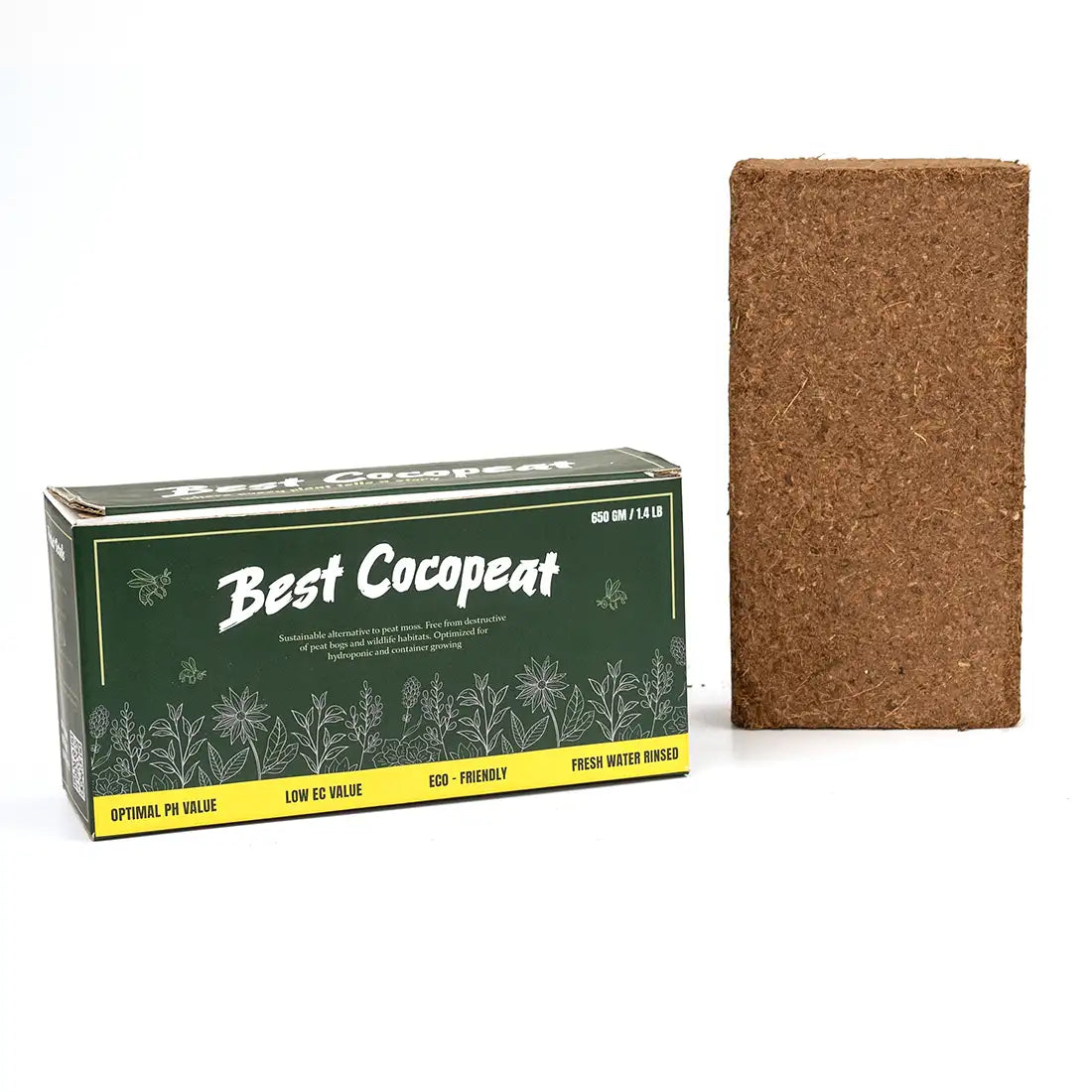To cultivate radishes successfully, it's essential to understand the specific soil requirements that promote healthy growth and quality yields. Let’s break down the key aspects of soil for radish cultivation in more detail:
1. Soil Texture
- Preferred Soil: Loamy or sandy-loam soils are ideal for radishes. These soils provide a balance between water retention and drainage, which allows radish roots to develop properly without being impeded by compaction or excess moisture.
- Why It’s Important: Radishes are root crops, meaning the texture of the soil directly affects root expansion. Loose, well-aerated soils allow the roots to grow straight and without resistance, leading to a good shape and size.
- Improving Heavy Soils: If you have clay or compacted soils, these can be challenging for radishes. To improve such soils, mix in organic matter like compost or well-rotted manure. This improves aeration, breaks up compaction, and promotes drainage.
2. Soil Structure
- The soil should be friable (crumbly and easy to break apart) to allow for air movement and root penetration. This structure encourages water infiltration and reduces the chances of soil becoming waterlogged, which is crucial for root health.
3. Soil pH
- Optimum Range: Radishes grow best in slightly acidic to neutral soils, with a pH range of 6.0 to 7.0.
- Impact of pH: Soils outside this range can hinder nutrient availability. For example, very acidic soils (pH below 6.0) may result in poor nutrient uptake, while alkaline soils (above pH 7.0) can limit the availability of essential nutrients like iron and phosphorus.
-
pH Adjustment:
- If the soil is too acidic (below 6.0), consider adding lime to raise the pH.
- If the soil is too alkaline (above 7.0), sulfur or organic materials like compost can help to lower the pH.
4. Organic Matter and Nutrients
- Moderate Nutrient Levels: Radishes do not require extremely fertile soil, but they benefit from a moderate level of fertility. Too much nitrogen, for instance, encourages leafy growth at the expense of root development.
- Amending the Soil: Adding organic compost or well-rotted manure enhances soil fertility without overloading the soil with nutrients. It also helps maintain moisture while improving the structure.
- Nutrient Focus: Potassium and phosphorus are more critical than nitrogen for root development. A balanced fertilizer, like 10-10-10 (NPK), or a side dressing of compost, will provide adequate nutrients.
5. Drainage
- Importance: Radishes need well-drained soil to avoid waterlogging, which can lead to diseases like root rot or cause the roots to become spongy and inedible.
- Testing Drainage: Before planting, check if the soil drains well by digging a small hole, filling it with water, and seeing how quickly it drains. If the water remains stagnant, it indicates poor drainage.
- Improving Drainage: In soils that retain too much water, incorporate coarse sand or organic matter to improve drainage. Alternatively, you can use raised beds to ensure water doesn't accumulate around the roots.
6. Soil Depth
- Importance of Depth: Radish roots typically grow to a depth of about 6–8 inches, but certain varieties (like Daikon radishes) may need deeper soil. Ensure the soil is loosened to this depth to avoid restriction of root growth.
- Compaction Issues: Compacted or rocky soils can lead to deformed or stunted radishes. If compaction is a problem, work the soil thoroughly before planting, breaking up clods and removing stones or debris.
7. Moisture Management
- Consistent Moisture: Radishes need consistent soil moisture to develop well-formed roots. Mulching with straw or organic matter can help retain moisture and regulate soil temperature.
- Avoid Overwatering: While radishes need regular watering, avoid creating overly wet conditions. Soggy soil increases the risk of disease, and uneven moisture can cause the roots to split or become woody.
Summary of Soil Requirements for Radish Cultivation:
- Soil Type: Loamy or sandy-loam
- pH: 6.0–7.0 (slightly acidic to neutral)
- Nutrients: Moderate fertility, balanced in potassium and phosphorus, not too high in nitrogen
- Organic Matter: Incorporate compost or well-rotted manure
- Drainage: Well-drained to prevent waterlogging
- Depth: At least 6–8 inches of loose, uncompacted soil
- Moisture: Consistent but not waterlogged
By ensuring these specific soil conditions, radishes can grow swiftly and produce high-quality, well-formed roots. It’s essential to monitor and adjust the soil as needed to achieve the best results.
Using cocopeat from www.bestcocopeat.com can help improve soil structure and moisture retention, making it perfect for growing healthy radishes.
The Best Coco Peat Premium Coir Pith is a natural product made from coconut husk. When you add water, it expands to fill about 15 gallons. It helps soil hold more water, which means you don't need to water your plants as often. It also makes the soil light and airy, so plant roots can grow easily.
For gardening and farming, coco peat is a great choice. It helps plants grow stronger by giving them the right amount of water and air. It also fights off mold and fungus, which means healthier plants without using chemicals. It's good for gardens, potted plants, and even farms. Plus, it's eco-friendly and easy to use!











